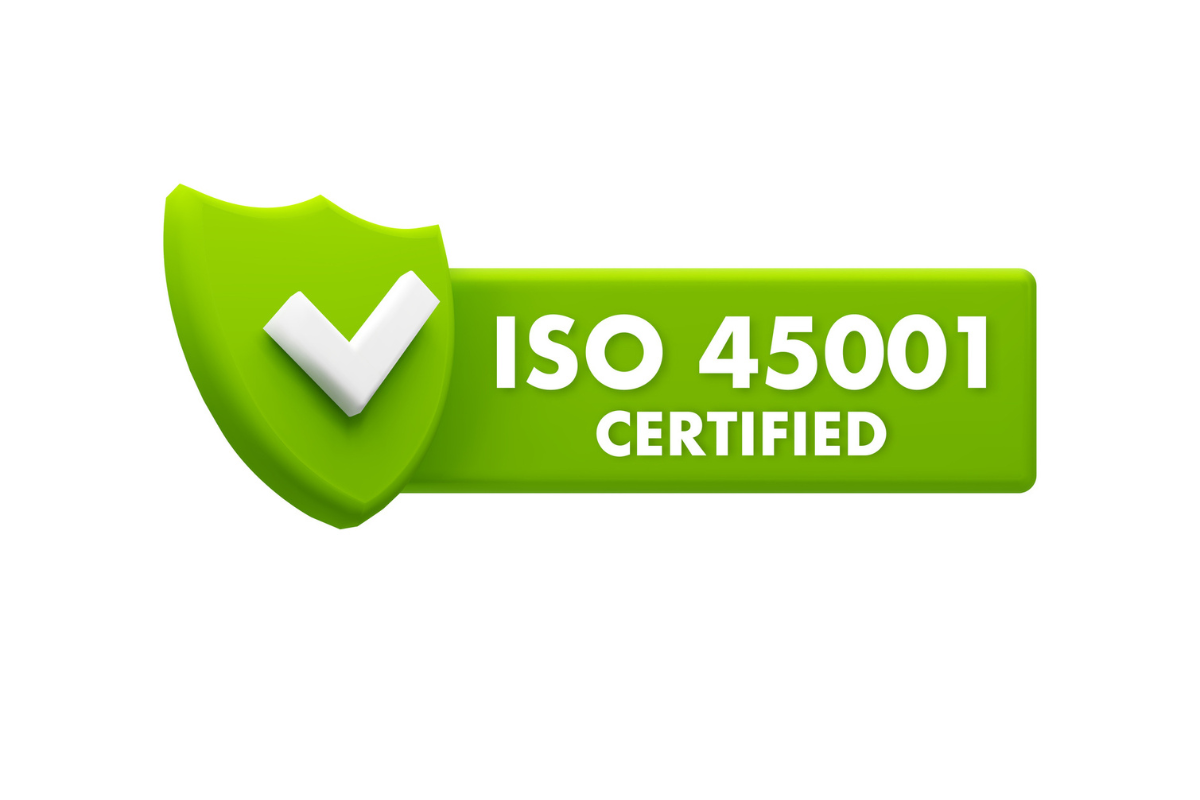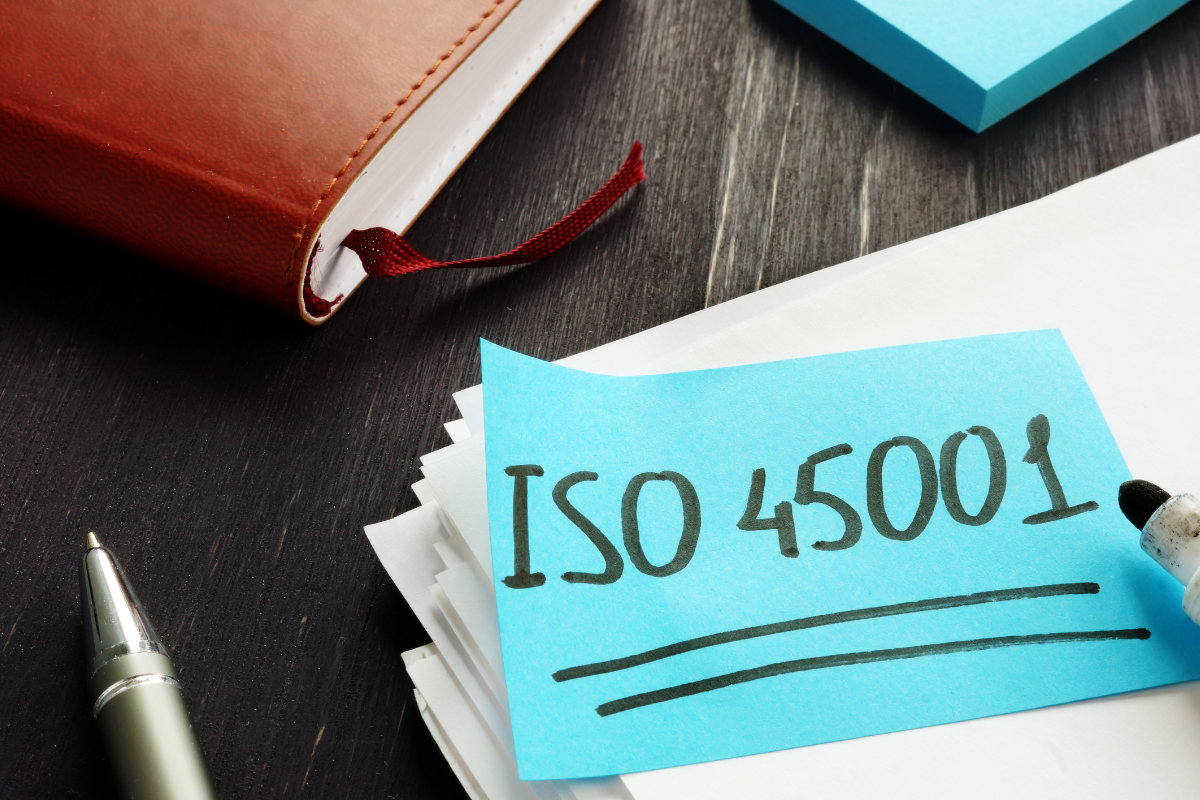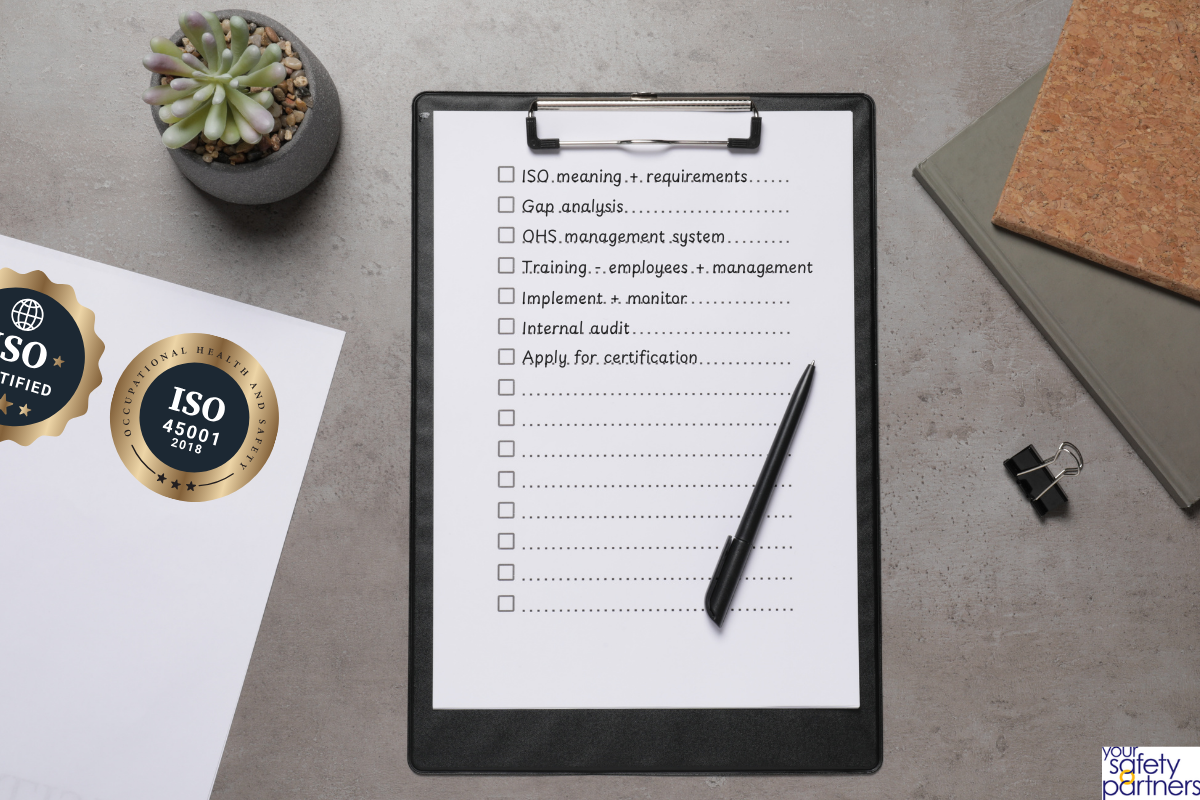Everything You Need to Know About the Occupational Health and Safety Standard

Workplace safety should be a priority for businesses worldwide. A safe working environment not only protects employees but also improves operational efficiency and legal compliance.
One of the most recognised international standards for workplace safety is ISO 45001. But what is ISO 45001, and why is it crucial for businesses?
This guide explores the ISO 45001 standard, its benefits, compliance requirements, and how businesses in Australia can achieve ISO 45001 accreditation. To get your business compliant with ISO 45001, contact Your Safety Partners.
What is ISO 45001?
ISO 45001 is an internationally recognised standard for occupational health and safety (OHS). It provides a framework for organisations to proactively improve workplace safety, reduce risks, and enhance employee wellbeing.
In Australia, the standard is formally known as AS/NZS ISO 45001:2018, aligning with global best practices while addressing local workplace health and safety (WHS) regulations.
Businesses that meet the requirements of the ISO 45001 WHS certification demonstrate their commitment to employee safety and legal compliance.
Why is ISO 45001 important?
The 45001 ISO standard is designed to help businesses create safer work environments. Here’s why it matters:
- Aligns with Australian workplace safety regulations, reducing legal risks.
- Encourages proactive risk management, leading to fewer accidents and injuries.
- A safer workplace enhances employee wellbeing and job satisfaction.
- Clients, partners, and stakeholders recognise ISO 45001 certification as a mark of credibility.
- Identifying and mitigating hazards improves productivity and reduces downtime.

Understanding AS/NZS ISO 45001:2018
The AS/NZS ISO 45001 standard was introduced to replace the older AS/NZS 4801 and OHSAS 18001 standards. It adopts a proactive, risk-averse approach to managing workplace hazards, making it more aligned with modern safety management practices.
Key differences between AS/NZS ISO 45001:2018 and its predecessors:
| Feature | AS/NZS 4801 | AS/NZS ISO 45001:2018 |
|---|---|---|
| Approach | Reactive compliance | Proactive risk management |
| Integration | Standalone | Aligned with ISO 9001 & 14001 |
| Worker Participation | Limited | Strong emphasis |
| Leadership Role | Minimal | High engagement required |
Businesses that previously complied with AS/NZS 4801 must transition to ISO 45001 Australia to maintain compliance.
ISO 45001 vs Other Safety Standards
How does ISO 45001 Australia compare to other safety standards?
| Standard | Focus | Global Recognition | Integration with Other Systems |
|---|---|---|---|
| ISO 45001 | Occupational Health & Safety | Yes | Aligns with ISO 9001 & 14001 |
| AS/NZS 4801 | OHS Management | No | Standalone |
| OHSAS 18001 | Health & Safety | No | Replaced by ISO 45001 |
| ISO 9001 | Quality Management | Yes | Can integrate with ISO 45001 |
For businesses looking to enhance workplace safety, transitioning from outdated frameworks to ISO 45001 standard is essential.
ISO 45001 certification: how to become compliant
Achieving ISO 45001 accreditation requires a structured approach. Here’s a step-by-step process to get certified:
- Understand the ISO 45001 Meaning and Requirements
Before implementing the standard, businesses should familiarise themselves with ISO 45001 training courses to understand its core principles, legal obligations, and implementation strategies. - Conduct a gap analysis
A gap analysis compares your current safety practices against the ISO 45001 checklist to identify areas needing improvement. - Develop an OHS management system
Create policies, procedures, and frameworks to manage risks, improve workplace safety, and align with ISO 45001 standard requirements. - Train employees and management
ISO 45001 emphasises worker participation. Providing ISO 45001 training courses ensures employees understand safety protocols and their roles in maintaining compliance. - Implement and monitor
Establish risk management measures, document safety procedures, and integrate hazard reporting systems to meet the 45001 ISO guidelines. - Conduct internal audits
Use an ISO 45001 audit checklist to review your OHS management system before applying for certification. - Apply for certification
Select an accredited certification body to conduct an external audit and issue your ISO 45001 certification in Australia upon successful compliance.

ISO 45001 audit checklist
An audit assesses whether an organisation meets ISO 45001 accreditation requirements. A typical ISO 45001 audit checklist includes:
- ✔️Leadership & worker participation – Is management actively engaged in safety policies?
- ✔️Risk assessment – Are workplace hazards regularly assessed and documented?
- ✔️Legal compliance – Does the organisation meet Australian WHS laws?
- ✔️Emergency preparedness – Are emergency response plans in place and tested?
- ✔️Training & awareness – Have employees completed ISO 45001 training courses?
- ✔️Performance monitoring – Are safety processes regularly reviewed and improved?
Regular audits ensure ongoing compliance with the 45001 ISO standard and continuous improvement in workplace safety.
Who needs ISO 45001 certification in Australia
ISO 45001 is relevant for businesses across various industries, including:
- Construction & Manufacturing – High-risk environments requiring strict safety controls.
- Healthcare & Aged Care – Compliance with WHS standards for patient and worker safety.
- Transport & Logistics – Risk management for drivers, warehouse workers, and supply chains.
- Corporate & Office-Based Businesses – Ensuring safe work environments, even in lower-risk industries.
Whether you operate a small business or a large enterprise, ISO 45001 certification Australia enhances your safety standards and legal compliance.
ISO 45001 training courses
Businesses aiming for ISO 45001 accreditation should invest in ISO 45001 training courses for employees and management. These courses cover:
- Understanding the ISO 45001 meaning and implementation requirements
- Risk assessment and hazard identification strategies
- Compliance with AS/NZS ISO 45001 and Australian WHS regulations
- Preparing for an ISO 45001 audit checklist
Training ensures your workforce understands safety responsibilities and contributes to a culture of compliance.
How Your Safety Partners can help with ISO 45001
The ISO 45001 standard is a crucial tool for businesses aiming to improve workplace safety, enhance compliance, and build a positive safety culture. By adopting ISO 45001 Australia, companies can reduce workplace risks, improve operational efficiency, and demonstrate their commitment to employee wellbeing.
For businesses looking to achieve ISO 45001 certification in Australia, following an ISO 45001 checklist and investing in ISO 45001 training courses are essential steps toward compliance.
If you’re ready to take workplace safety to the next level, Your Safety Partners can start by assessing your current safety framework. You can begin your journey toward ISO 45001 accreditation today.
